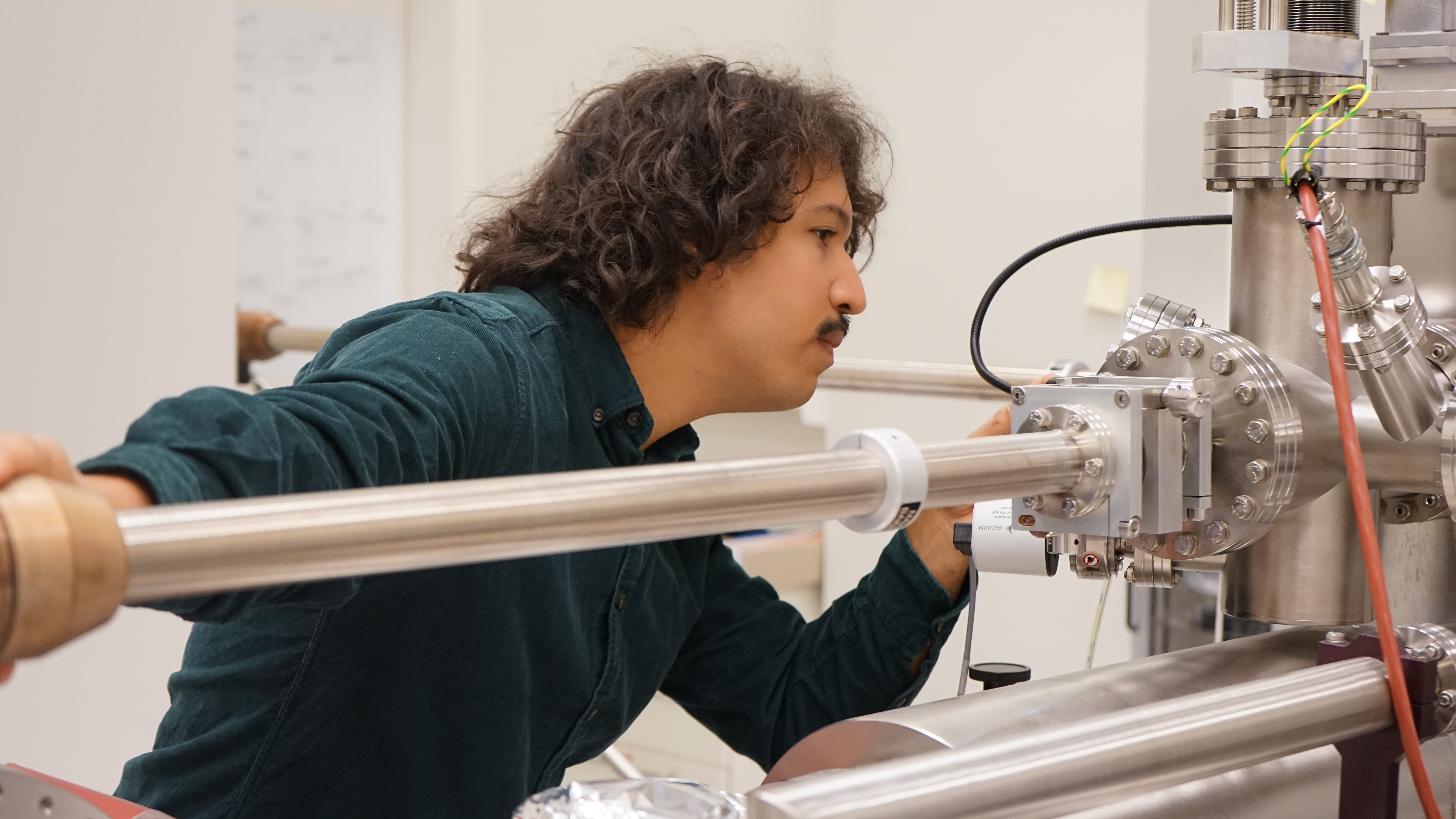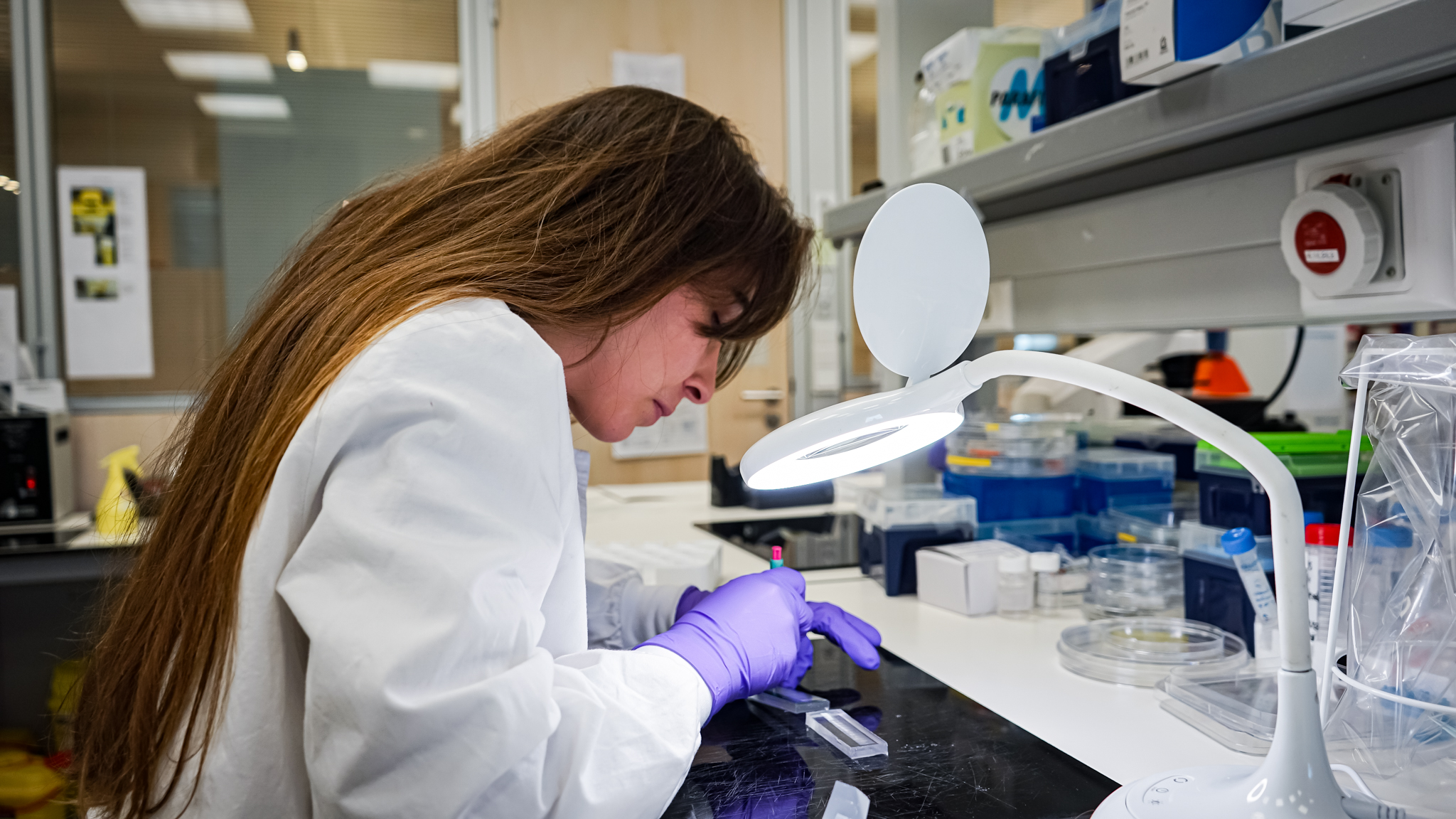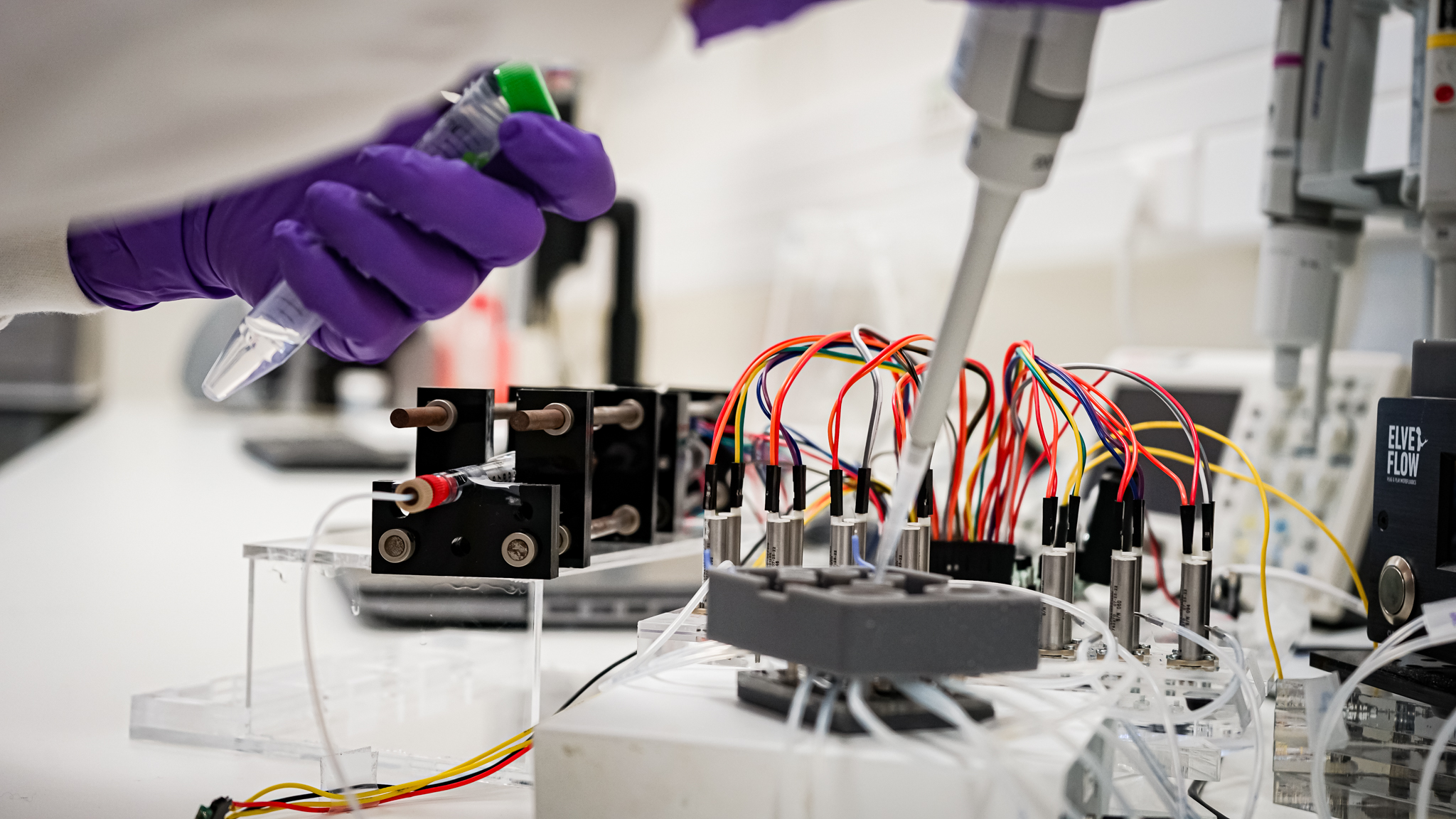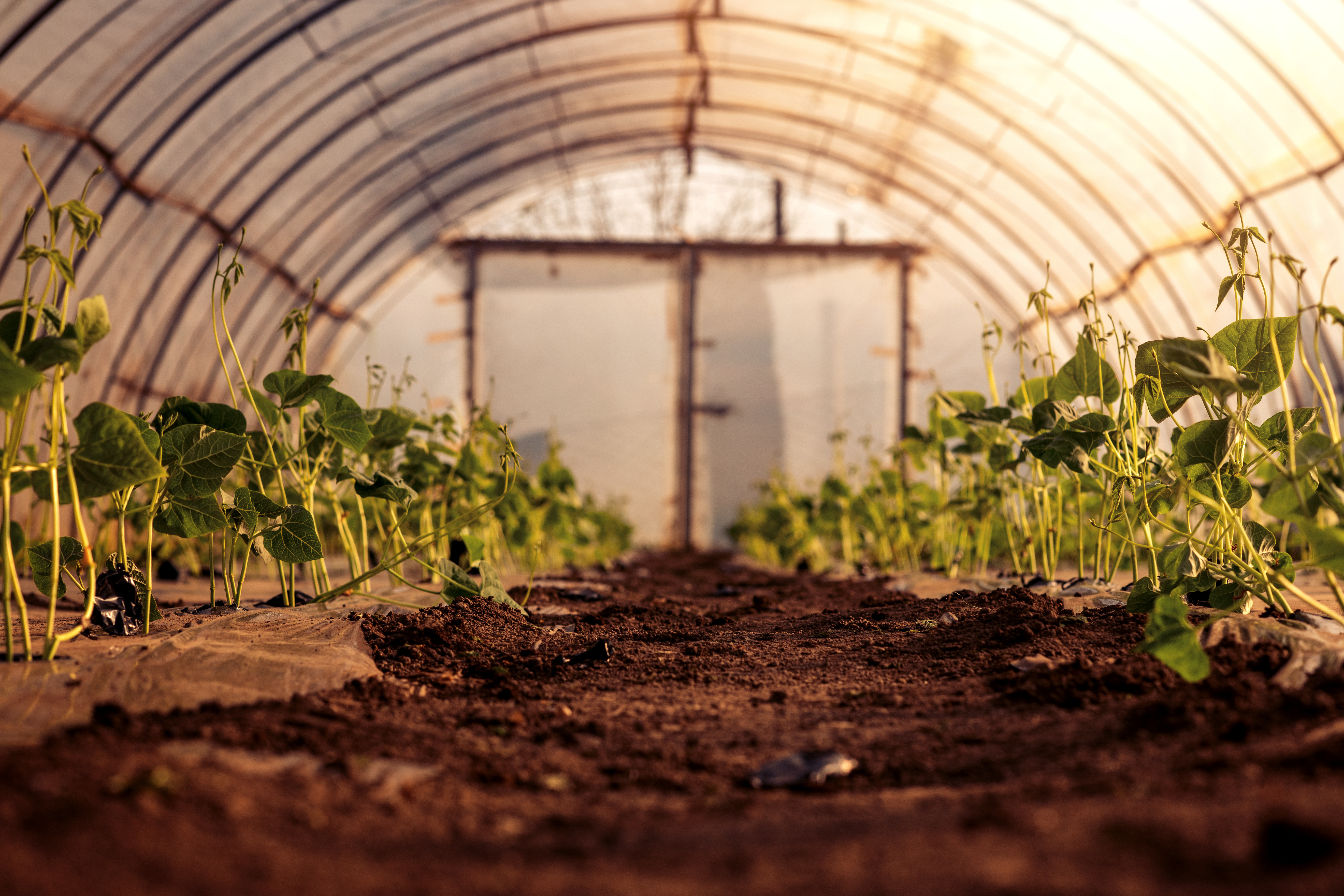
Is greenhouse farming releasing microplastics into water?
March 21, 2024
In a recent study conducted by INL researchers, in collaboration with University of Alcalá, Madrid, it has been revealed that greenhouse plastic cover films, commonly composed of polyethylene (PE), are releasing microplastics into the environment during their usage, significantly impacting ecosystems.
Microplastics are tiny plastic particles that can result from commercial product development or from the breakdown of larger plastics, and may take hundreds or thousands of years to decompose. Microplastics, defined as plastic particles smaller than 5 millimeters, and nanoplastics, typically smaller than 1 micrometre, have been identified in various ecosystems, including water bodies, soil, and even food and beverages. Their ability to penetrate biological barriers and interact with organisms raises significant concerns about their long-term impacts on biodiversity and human health.
The study was conducted over a six-month period in Almeria, Spain, where extensive greenhouse farming is practiced, to better understand the consequences of plastic degradation. Most vegetables grown in these greenhouses are sown and harvested within 6 months, and water analysis was performed at several time points.
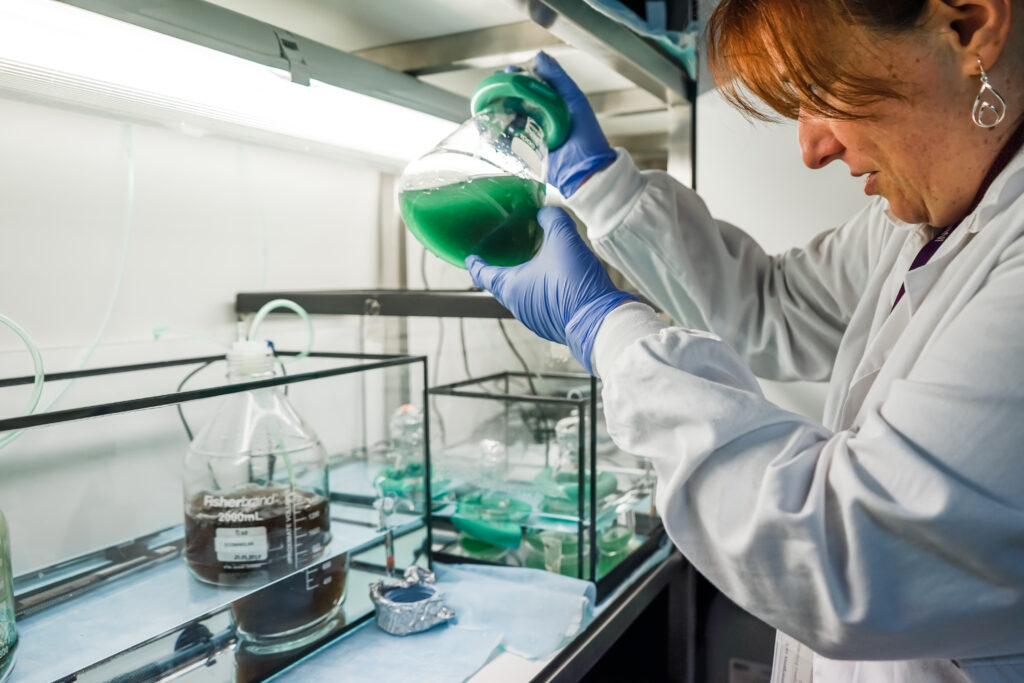
Researchers from the Water Quality research group at INL and the University of Alcalá applied advanced characterisation techniques to assess the chemical fingerprint, size distribution, and concentration of plastic particles released into the environment.
The published paper reported the presence of nanoplastics released into water. The research team found that both new and used greenhouse cover films released micro- and nanoplastics, with natural aging playing a significant role in nanoparticle release. Interestingly, photodegradation effects were observed primarily in new microplastics, suggesting a differential impact of aging on plastic degradation.
The study highlights the urgent need to address the environmental consequences of plastic use in agriculture. With over 30,000 hectares of land covered by greenhouses in Almeria alone, the need for sustainable alternatives to plastic cover films has never been more critical. The findings, published in the international scientific journal ‘Science of the Total Environment,’ aim to contribute to mitigate the environmental and health risks associated with plastic degradation.
The study was funded by LABPLAS (Grant Agreement N101003954, EU H2020 program), SbDtoolBox (NORTE-01-0145-FEDER-000047, Norte2020, PORTUGAL 2020 Partnership Agreement through the European Regional Development Fund (ERDF), and Fundação para a Ciência e Tecnologia (2020.04021.CEECIND).


Text by Catarina Moura, Science Communication Officer
Photography by Gina Palha, Communication, Conferences & Marketing Officer
